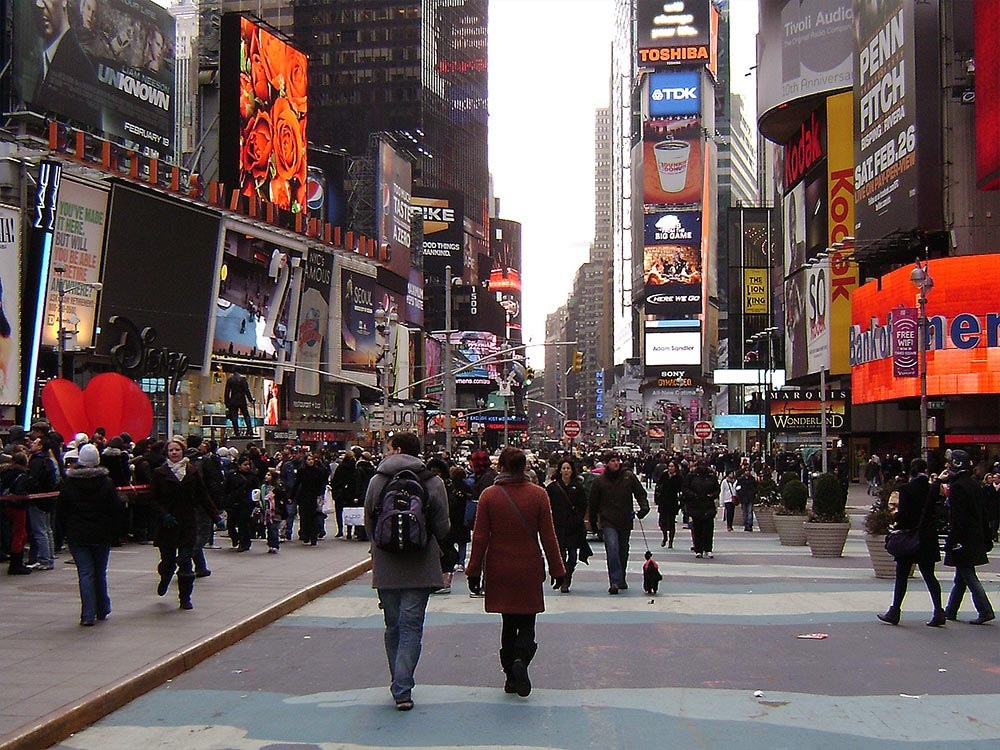Wonderful + Walkable
Embracing Active Cities
As the United States shifts from its 20th century car-centric automotive industry and further into the 21st century, cities around the country are beginning to step into the trend of walkability. Large, metropolitan cities are seeing a decrease in the number of cars, which makes room for bigger sidewalks and more pedestrians. Studies show that […]
